If you have read up about what goes into making your website more attractive to the audience, you might have seen the term ‘above the fold’ mentioned multiple times.
Believe it or not, ‘above the fold’ is hugely responsible for making or breaking any new visitors’ engagement on your website. Above the fold can be defined as the first thing a visitor sees on any webpage, before scrolling. This includes the graphics, menu, content, and all other elements that go into a webpage.
Above the fold, content influences web development, user experience, conversions, and much more. This part of the webpage is considered one of its most important areas and is responsible for setting the visitors’ first impressions and engaging them to stay longer. A well designed above the fold section opens the door for easier conversion of visitors into a customer or a subscriber.
Optimizing above-the-fold content is crucial for getting new customers and can also prove to be beneficial to your website in many other ways. Let’s explore how.
What is the Measurement of Above the Fold?
There is no defined measurement for how much real-estate of a webpage constitutes above the fold. It can vary according to the screen sizes of various devices your website is being opened on. There are many other factors, such as resolutions, browsers, toolbars, devices, etc., that determine what the above-the-fold section for a particular website would look like.
For instance, if your website is being opened on a desktop or a computer, the measurement of 1000 px wide by 600 px tall would be ideal. The dimensions on a mobile device, however, would be much smaller for above the fold.
Now that we know what above the fold means, let’s explore its importance.
Unlock higher rankings, quality traffic, and increased conversions through tailored award-winning SEO strategies.
Elevate your web presence by Infidigit’s SEO solutions.
Unlock higher rankings, quality traffic, and increased conversions through tailored award-winning SEO strategies.
Why is Above the Fold Content Important?
In the early 200s, above the fold content was commonly perceived to be a big on-the-face CTA that greets visitors when they open the website. But the purpose of above the fold has never been to convert visitors right off the gate. The primary purpose of above the fold is to grab the visitor’s attention and convince them not to close the webpage and explore further. Take newspapers as an example, where the concept of above the fold was born. You never see attention-grabbing headlines at the bottom and advertisements on top of the front page.
The main aim of above the fold is to generate enough engagement for the visitors to convince them to explore further and then potentially convert strategically.
The “strategically convincing” part comes later, with below-the-fold content, which plays a big role in converting leads. The idea is that people will scroll if they’re engaged, and if they like what they see, they will be encouraged to engage with your business further.
This is why above-the-fold content is crucial, as it sets up the tone, feel, and even the basic concept of what your website is about in the visitor’s mind. Hence, it should always be in sync with all the visual and written content that follows. Think of it as the title of a book. You still have the story to tell, but the title serves the purpose of building interest for the readers.
Is Above the Fold content a “Conversion Factor”?
As we previously mentioned, above the fold is meant to be a stepping stone for websites towards conversion. But does that mean that it is not a conversion factor? The answer is a resounding NO.
Reports from a study conducted by Nielsen Norman Group’s eye-tracking software revealed that 57% of the viewing time by users was spent above the fold area. That is a significant amount of time to spend on any area of a website. Hence, above the fold can be considered a top priority real-estate for putting out the most valuable content on any website. However, that’s not where you should stop since viewing time does not equal conversions. Users must find something of equal or more value when they scroll down.
Above the fold area is a factor that leads up to conversion rather than a direct conversion factor. However, it can be a conversion factor if used smartly. For example, engagingly placed CTAs can be used in the above the fold area of a website, which can sometimes lead to direct conversions.
Tips to Optimize for Above the Fold
-
Add a compelling Heading Tag
A heading tag or H1 tag is usually the first thing a user sees. The main objective of an H1 tag is to concisely tell the users what your webpage is about and grab their attention. Usually, H1 tags also aim to convey your website’s USP, which sets you apart from your competition and compels the users to give your website a go.
Since the goal here is to grab a visitor’s attention, you must put yourself in their shoes to create an H1 tag. Whether it is a webpage, service page, pillar page, homepage, or anything else, the same approach must be applied to create H1 tags.
The only true restriction is to use as few words as possible, as search engines often limit the display of H1 tags to certain character limits. Your webpage’s copy can do the job of elaborating on the headline.
-
Add Keywords in Your Content
Above the fold content is as important for search engines as for the users. To optimize your web pages and make them noticeable for search engine crawlers, it is imperative that you convey what your webpage is about in above the fold area itself.
Keywords are a great way to achieve this. Proper and organic keyword placement can help search engines understand what your webpage is about, and the more quickly it is done, the better it is for your rankings.
It’s advised to include keywords that will generate the most SEO for you in your content as early as possible. This also helps your readers in reassuring themselves that they have come to the right place.
-
CTA Buttons
Call to Action or CTA buttons are the most important factor for user conversion. Depending on the website you are building, CTA buttons can be placed above the fold area as long as they fit in organically.
There are also different types of CTA buttons that you can place on your website. CTA buttons don’t have to be restricted to just being purchase gateways. They can be about subscribing to your newsletter, forms to learn about your services, different resources, and links to other pages.
CTA buttons placed on the above the fold area should fit in with the narrative you are trying to create with your website. If they seem misplaced to the users, it will send them a signal that your website is just trying to get their money, which is not a great first impression to make on a visitor. Here are some things you can keep in mind while creating a CTA button for above the fold area:
- Should have engaging copies and not something generic like “Click here”
- Should make sense in the layout of the website with proper context
- Should be short, precise, and to-the-point
- Should provoke urgency for the visitors so that they can take quick actions
If the need for a CTA button fits into the narrative, you can put one on your website above the fold. However, make sure that these CTA buttons are also present in the below the fold area of your website so that the visitor can access them seamlessly.
-
Content Above of the Fold
Search engines often consider the length of the content to rank websites higher. For instance, the average word count of a webpage that ranks on the first SERP in Google is 2000 words. While this is easy to achieve for blog pages, you might be wondering how to do it for other pages on your website organically. Let’s take an example to understand this.
Suppose you’re a software development company that offers its services in multiple regions. You create content for each of these reasons for providing enough information for your visitors while also getting around the dilemma of stuffing the content with keywords.
This is a very easy way to put valuable content above the fold on landing pages, homepage, and service pages. The more you educate your visitors in engaging ways, the more likely they are to engage with your business.
Here are some of the ways you can do it:
- Individual service page sections on your homepage that break down the services and your offerings
- Adding a carefully curated FAQ section on each of your webpages
- Adding resource pages like stories, pricing models, blogs, benefits, and more
- Adding a “team” section that details the responsibilities of your teams for convenient access of visitors
-
Optimize for Featured Snippets
Featured snippets are usually displayed for the top-ranking search results on Google and other search engines. The aim of featured snippets is to answer the search query of the user on the SERP itself.
Usually, the information from featured snippets is displayed from the top-ranking pages, but it can also be used from other pages. This helps websites in gaining more traffic and better rankings.
Featured snippets can be great above-the-fold content, as they are the first thing a user sees on a SERP about the content on your website. There are various types of featured snippet formats you can use, such as:
- Numbered lists
- Tables
- Reviews
- Videos
Create and optimize featured snippets for search engines by answering questions related to your offerings simply. All the main information condensed to a simple answer in a format of your liking will help your featured snippets be considered worthy of showing by search engines. The content in featured snippets should always be easy to skim for the users and the ideal length of a featured snippet is between 30-50 words.
-
Use Attractive Images with Alt Tags
Optimizing your images is imperative to make above the fold area more noticeable for the search engines. It is often overlooked by many websites, but taking some time to find the perfect header image can help you pull in more traffic.
Using attractive images, infographics, etc., can take you a long way in capturing the attention of the website visitors. The most important thing you can do for search engines is use “Alt text” for your images. This helps search engines understand what the images on your page are about and improve your rankings.
Providing search engines with additional context about your webpage can take you a long way to rank higher, and even improve your domain authority. This also helps enhance the user experience, as they can access relevant pages from SERPs in a single click rather than having to explore multiple pages on a website.
-
Improve Your Page Speed
If your website is not properly optimized, it can lead to a bad user experience. If images in the above-the-fold area load slowly and only the content is displayed when a user visits your webpage, it might not be a great first impression on the visitor. Above the fold, content should load all at once for the visitors so they can access information on your website seamlessly.
You can use the process of lazy loading, which only loads the part of the page the user is visiting rather than the entire website at once. If the user only sees the above-the-fold area of your website before leaving, the remaining page will not load.
Optimize Your Above the Fold Content Now!
Now that you know the importance of above the fold section of your website, it is time to ensure it’s serving its purpose. Using all the tips mentioned above, you can significantly enhance new visitors’ trust and boost your SERP rankings.
For implementing the best SEO practices for your above the fold, you can take the assistance of an established SEO company like Infidigit. Having expertise in the domain, Infidigit can help you in crafting the best above the fold section for your website, for users and search engines alike. Contact us today to learn about our SEO services.
Popular Searches
How useful was this post?
0 / 5. 0











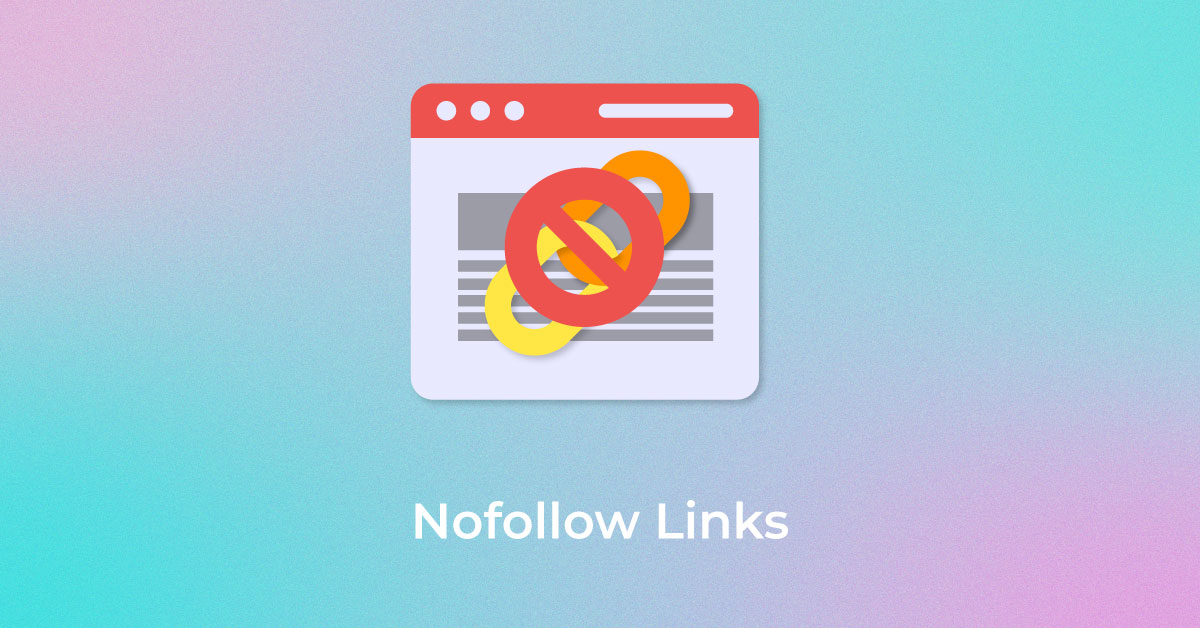
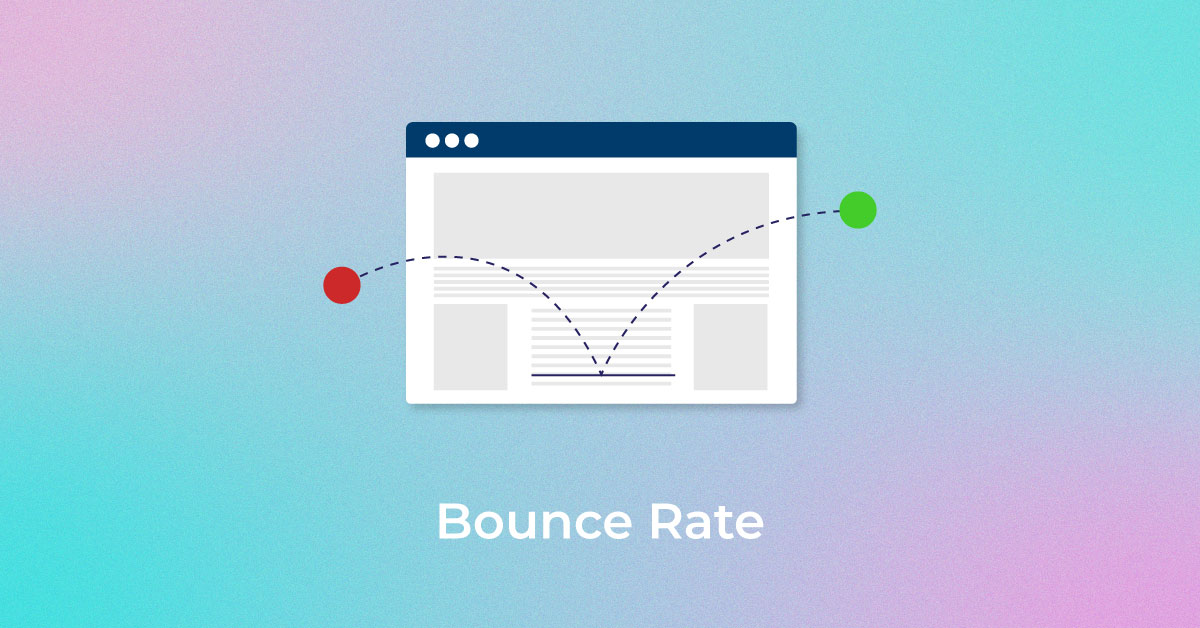

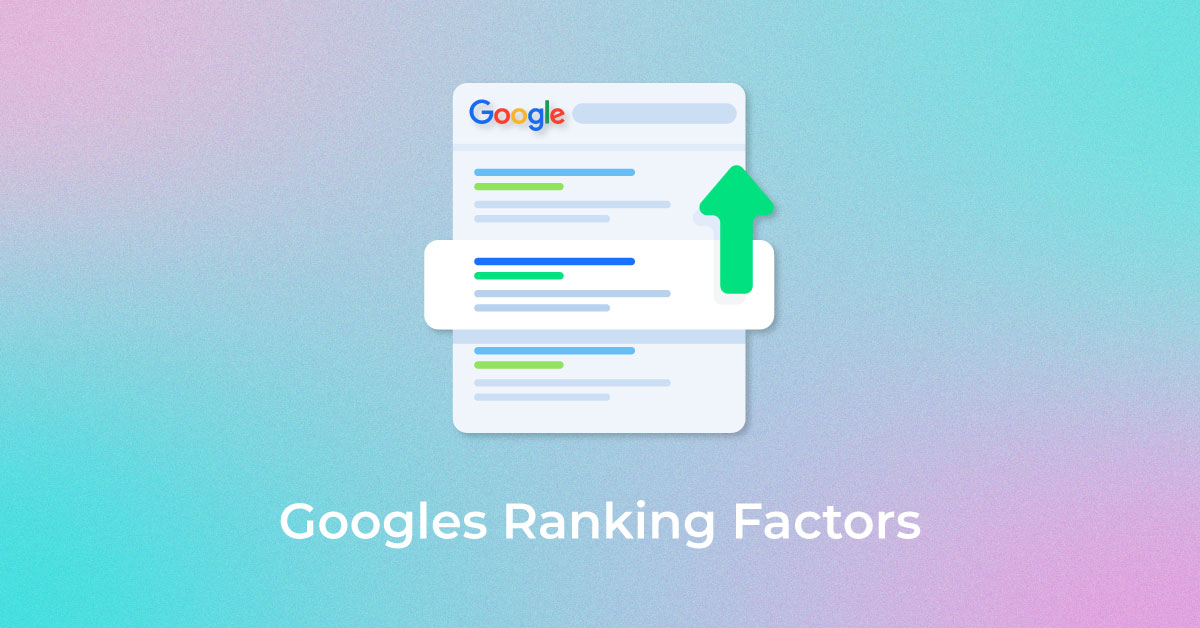
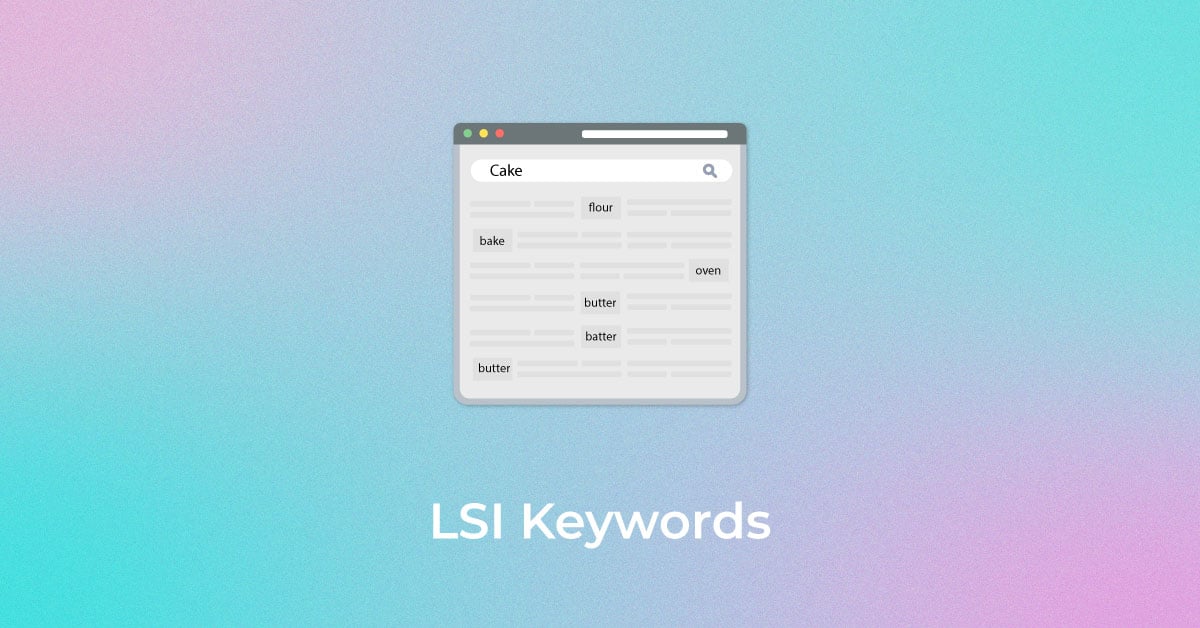

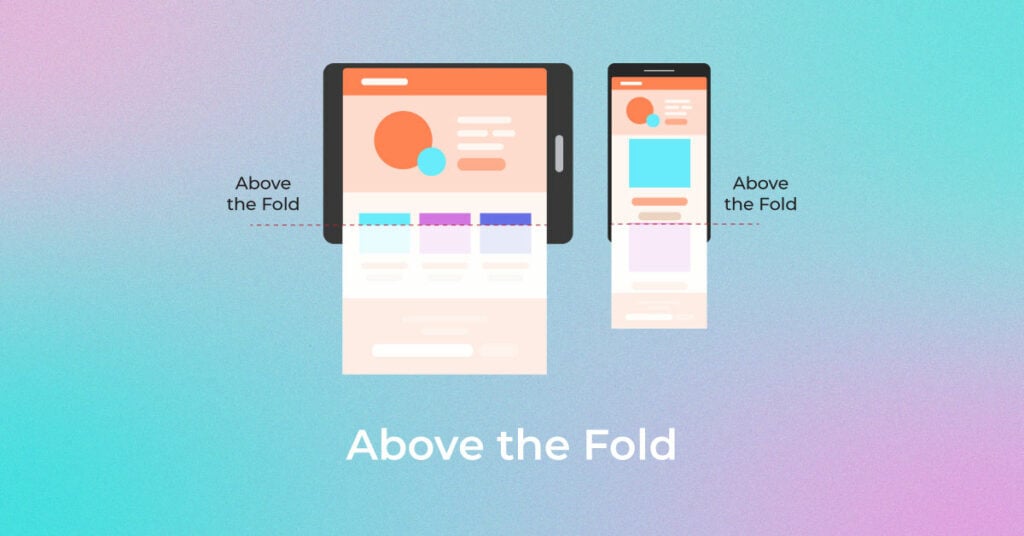
2 thoughts on “What is Above the Fold? Meaning, Design, and SEO Importance”
While reading your post. I got so many knowledgeable things. Thanks for sharing this article. Keep sharing. We always looking for your coming article.
Thank you Anwita that means a lot. Subscribe to us for more such posts